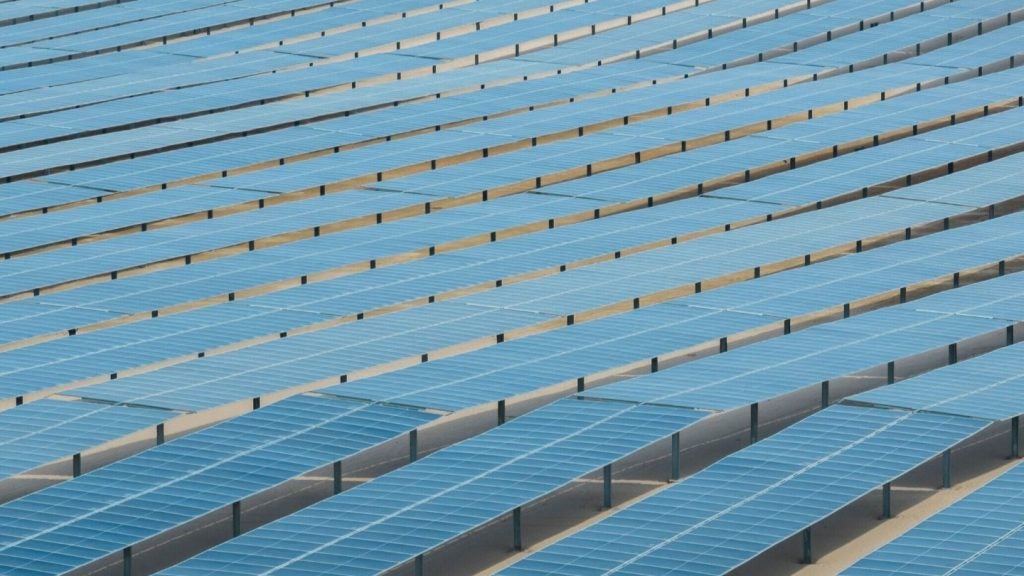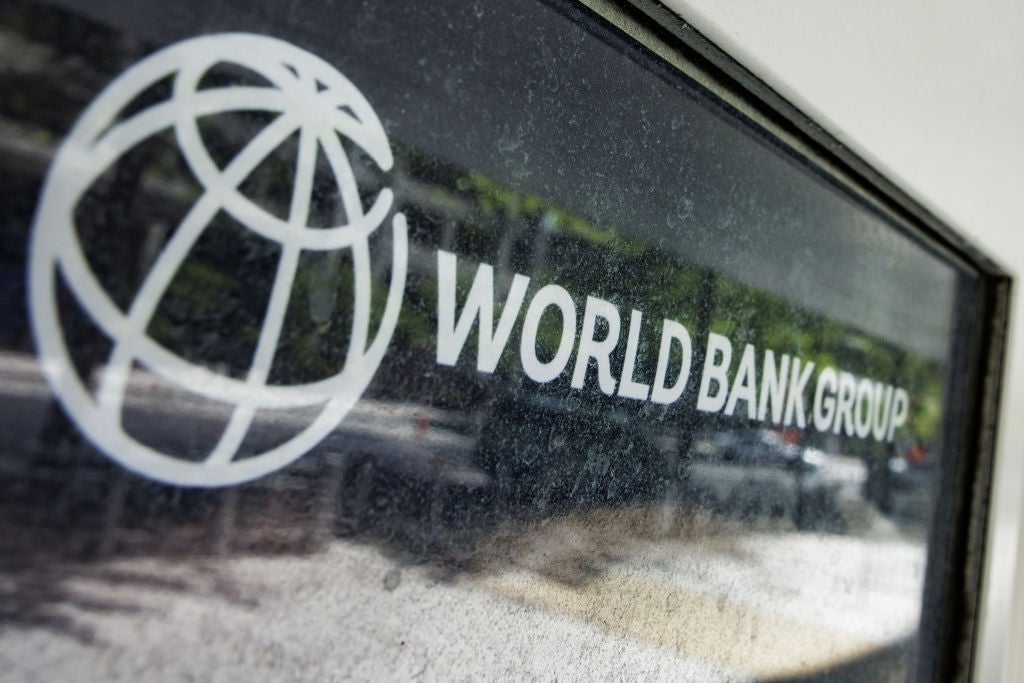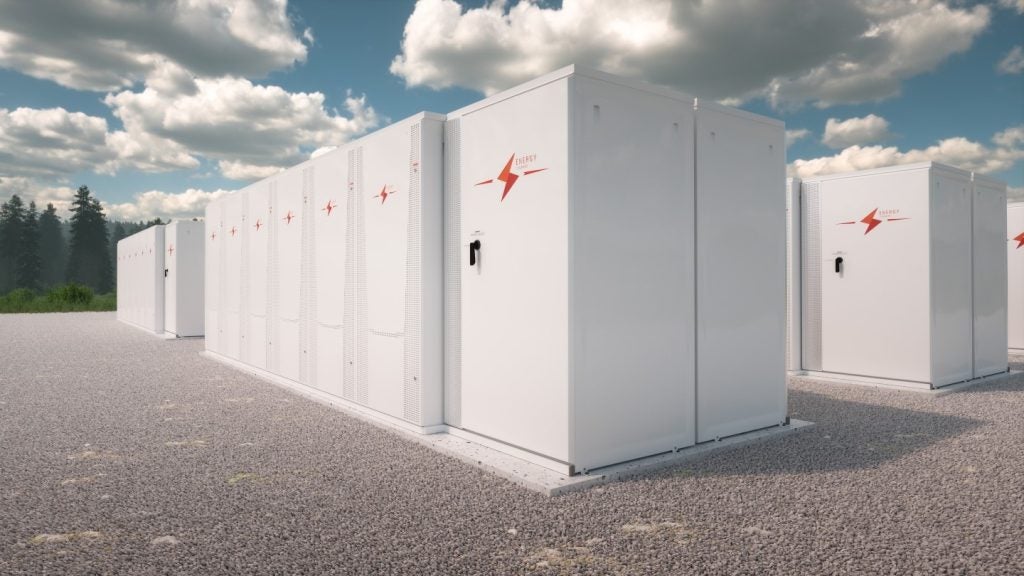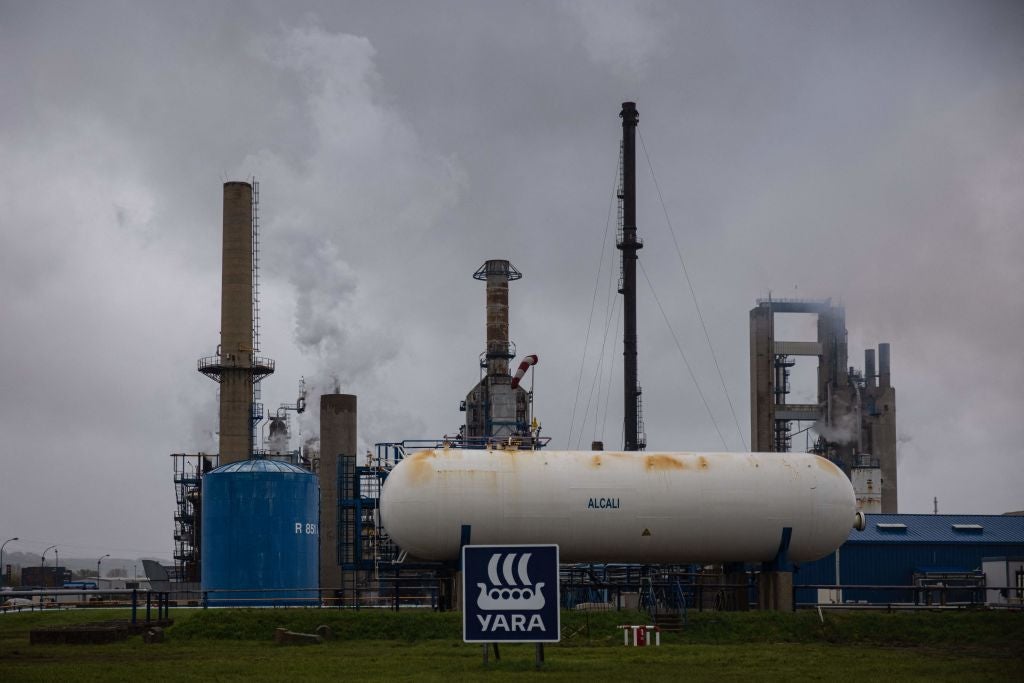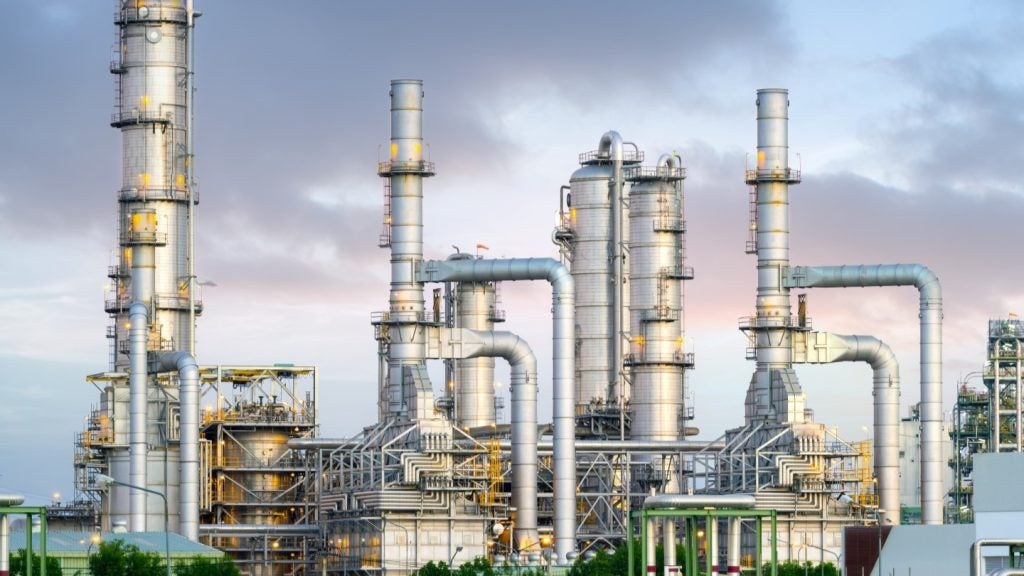Earlier in 2023, ADNOC—the state energy company of the United Arab Emirates (UAE)—lowered its net zero target from 2050 to 2045, ahead of the country hosting the COP28 climate talks.
This is the most ambitious emissions reduction target of any oil and gas company globally. But is it realistic or just part of another ‘greenwashing’ campaign?
COP28 conference
The 2023 United Nations Climate Change Conference, also referred to as COP28, will be held from 30 November until 12 December 2023, in Dubai, UAE.
The conference provides a forum for governments and private entities to discuss how to combat global rising temperatures, adapt to the environmental impact of climate change, and reach net zero greenhouse (GHG) emissions by 2050. To reach carbon neutrality, governments and companies must reduce their GHG emissions and phase out the use of fossil fuels.
Unrealistic climate targets
According to the US Energy Information Administration (EIA), oil and gas operations account for around 15% of total global emissions annually. For this reason (and to no one’s surprise) the UN has received its fair share of criticism for hosting COP28 in the UAE—the world’s seventh-largest oil producer in 2022.
To combat this criticism, the UAE and its state-owned oil and gas company ADNOC have announced several ambitious sustainability goals. In its second-ever sustainability report, the company has mapped out some short-term goals, including reducing Scope 1 and 2 greenhouse (GHG) emissions by 25% by 2030 through investments that it hopes will improve energy efficiency and develop cleaner fuel alternatives.
Despite these commitments, ADNOC’s total Scope 1 GHG emissions increased by 30% and Scope 2 by 1% in 2022, in comparison to the previous year. The company also does not measure or include any Scope 3 emission reductions as part of its sustainability roadmap. Scope 3 GHG emissions are emissions that are not produced by the company itself but are the result of activities by the company’s whole supply chain. These make up a majority of a company’s total emissions and without taking Scope 3 emissions into account, it is difficult to see these targets as anything other than just another marketing ploy.
[Link src="https://www.power-technology.com/all-newsletters?utm_campaign=Verdict%20COP28%20Newsletter%20Subscriptions%20Website&utm_source=GDM%20COP28&utm_medium=Power%20Tech" title=" Don’t miss our coverage of COP28! Subscribe here for exclusive insights & analysis." font-size="20px"]At the same time, oil and gas companies are at the forefront of carbon capture investment. In September 2023, ADNOC announced the construction of the largest carbon capture project in the Middle East. The Habshan carbon capture, utilization, and storage project will have the capacity to capture and permanently store 1.5 million tons of carbon dioxide per year within existing oil wells. This project—alongside other pilot projects such as carbon mineralisation and carbon capture in saline aquifers—is part of the company’s $15bn investment into clean energy solutions.
Achieving sustainability targets
While environmental experts recognise that carbon capture technologies are necessary to achieve sustainability targets, there is some objection to setting up carbon capture projects like the Habshan. A side effect of capturing carbon in existing oil wells is that it forces residual crude oil to the surface, facilitating the extraction of oil and therefore continuing the use of fossil fuels for energy.
This criticism is not intended to single out the UAE or ADNOC. There is a worldwide trend of over-promising and under-delivering on emissions reduction targets. The successful road to net zero will only be mapped out with global cooperation. There must be political willpower to introduce stringent environmental regulation and, most importantly, economic incentives to persuade governments and industries to become more sustainable.
This is beginning to happen. According to the IEA, investment in solar energy is on track to surpass investments in oil production for the first time ever in 2023. Investments in clean energy have been largely facilitated by regulations, such as the US Inflation Reduction Act. Volatility in fossil fuel prices and the increasing cost of recurring natural disasters associated with climate change have also served as a financial deterrent away from fossil fuel use.
However, the question remains: are we adapting fast enough?






